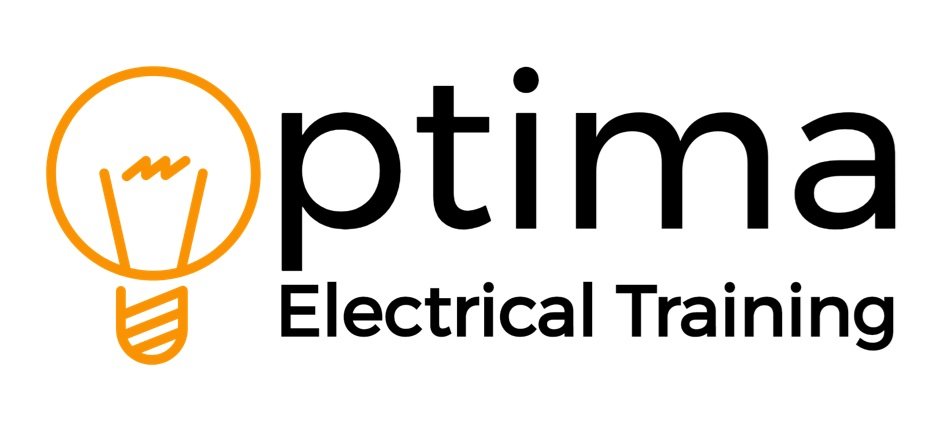Addressing Air Quality in UK Schools: A Critical Call to Action
The Alarming State of Air Quality in New Schools
Recent findings have underscored a pressing concern in the realm of UK education and public health: the air quality surrounding the majority of new school sites is far from meeting the standards set by the World Health Organisation (WHO). According to comprehensive research conducted by the Evelina London Children’s Hospital and King’s College London, a startling 86% of the new school locations assessed across England—intended for construction between 2017 and 2025—report air quality levels that surpass WHO limits for key pollutants, including particulate matter (PM2.5 and PM10) and nitrogen dioxide (NO2). This revelation points to a dire need for action, as the impact of such environmental conditions on young learners extends beyond physical health risks to cognitive development and academic performance.
Elta’s Three-Step Solution for Cleaner Air
In response to these findings, Elta, a leading authority in the UK on ventilation solutions, is championing a proactive approach to mitigating indoor air pollution in schools. By advocating for a strategic three-step process focused on the specification and upkeep of ventilation systems, Elta aims to shield students from the detrimental effects of poor air quality. The proposed measures include:
Installation of Air Quality Monitoring Systems: Equip schools with advanced sensors to continuously track levels of particulate matter and nitrogen dioxide, among other pollutants.
Adoption of High-Efficiency Mechanical Ventilation: Implement ventilation systems designed to filter and cleanse the air, ensuring that indoor environments adhere to safety standards.
Regular Maintenance of Ventilation Equipment: Establish a stringent cleaning and maintenance regime for ventilation systems to maintain their efficacy over time.
David Millward, Group Product Manager at Elta Group, elucidates the gravity of the situation by highlighting the impact of substandard air quality on children’s health and learning capabilities. He stresses that while external air quality may be challenging to control, immediate steps can be taken within educational establishments to secure a healthier indoor atmosphere.
Regulatory Framework and Best Practices
To navigate the complexities of improving indoor air quality, Millward directs stakeholders to key governmental guidelines, including ‘Approved Document F – Ventilation – Volume 2’ of the Building Regulations, which offers insight into air quality monitoring, and the UK Government’s Building Bulletin (BB 101), which sets forth standards for school ventilation systems. Emphasising the importance of collaboration among school authorities, building services professionals, and ventilation experts, Millward advocates for a unified effort to elevate the air quality in both new and existing school buildings.
Through concerted efforts and adherence to best practices in ventilation, the UK can look forward to nurturing safer, more nurturing educational spaces—protecting children from the invisible yet tangible threat of air pollution.


